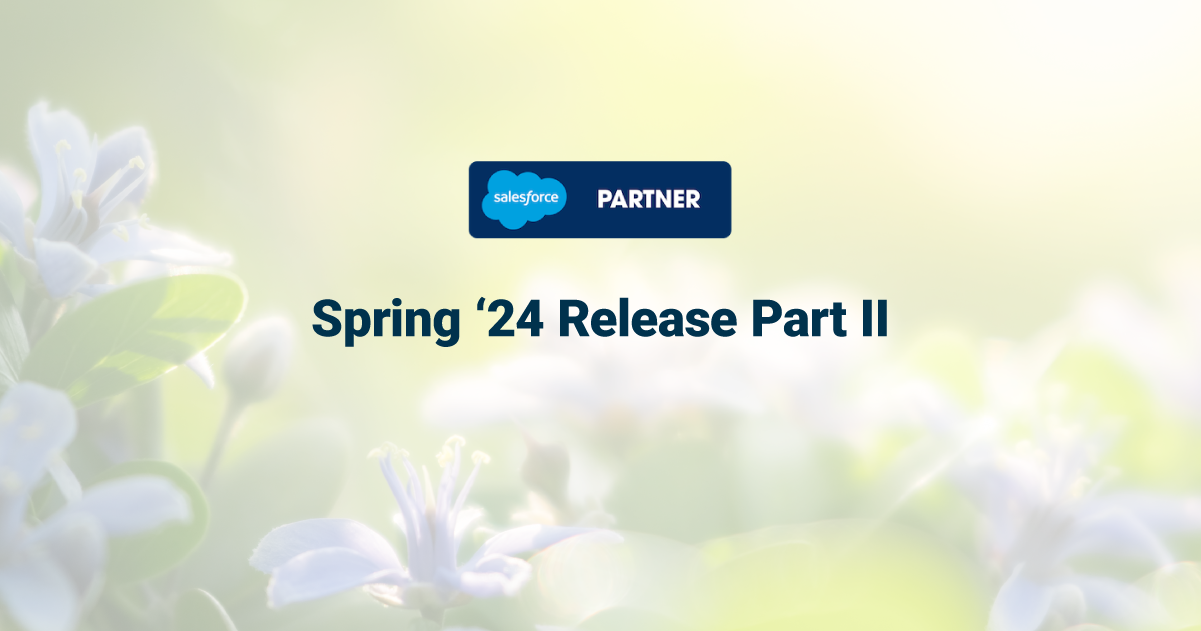Get More Clients with Simple and Effective Nurturing
Your sales team is out there, pounding the pavement and meeting new prospects. But it is more common that the leads and prospects they are meeting with are not ready to buy at this very moment. So its typical of a sales person to file away their business card or contact information and put more of their focus on trying to find someone who is ready to buy.
According to Brian Carroll, author of Lead Generation For The Complex Sale , 70% of those in your funnel will eventually buy a product or service from you — or your competitors. Therefore, as these prospects get closer to the point where they are ready to buy who will they turn to? The answer is the company that has kept in touch with them, had multiple connections with them, provided them value and gave them the attention they would like to have.
You have to nurture your leads.
Nurturing is not meeting or speaking to someone multiple times and then suddenly they will buy from you. You need to move with them while providing them information that is specific to their problems and track their every move as well as your responses and interactions with them. Utilizing a customer relationship management (CRM) tool like Salesforce is critical at keeping track of every touch and dialog with a prospect. The more data you are able to collect on your prospects the more likely you are able to deliver them solutions and information that continues to put you in a better position with every touch.
Here is an Example
Let’s say you are an accountant who’s met a prospect at a networking event. From the casual conversation, you are able to gather that the individual was concerned about the rising cost of taxes due to healthcare reform. Because the conversation did not go into too much detail you determined that this individual is someone who could use the help of your accounting firm. But because the prospect was not providing any sense of urgency or clear “buy” signals you know that it might be best to stay in front of him from time to time.
First you, the accountant, would need to think through what this prospect could ultimately need from your firm. Your accounting firm is able to provide a number of accounting services so you need to make an educated guess on how you can best help his company. Compare his business to other businesses you have served and the type of work you have successfully done.
Secondly, you need to determine how often you want to nurture this prospect. You don’t want to bombard them on a weekly basis but you also don’t want to let so much time go in between contacts that they forget who you are. Whether it is monthly, quarterly or every 6 months will be up to your determination.
So at every touch point you need to send this prospect something that is of value. Perhaps an invitation to an upcoming webinar, or a recent blog post, or a personal email or note that on specific topics. Then every touch you make needs to be recorded in your Salesforce CRM.
Use Salesforce and Reports to Help You
Your Salesforce CRM is your greatest tool in helping you manage your nurturing and touch campaigns. So after you originally met this prospect at the networking event you have imputed his account and contact information into Salesforce. Then you determined that this individual is someone you want to keep in touch with on a quarterly basis. At Galvin every contact is classified as an A, B or C. If they are an “A” then we need to touch them once a month. If “B” he gets touched once a quarter and a “C” is twice a year.
So after you entered them into Salesforce as a “B” prospect and you send them an email on October 20 letting him know that you enjoyed meeting him at the networking event. You record this activity within Salesforce. Then, within Salesforce you run a report each month of those contacts who are “B” prospects and have not had activity recorded to them in three or more months. So fast forward to January 20 (three months from your first email) and this prospect shows up on your report. So you send them a recent article your company wrote on tax benefits. Then, on the April 20 Salesforce report this prospect pops up again and you decide to invite them as a guest to a local networking event. Then, on July 20 he shows up again in your report but because you know that most people start looking at tax solutions this time of year and because he has responded positively to your touches you decide to take them out to lunch and at that lunch this prospect informs you that they could use your help and your services.
Conclusion
Nurturing works and if sales people ignore it or just want to focus on finding new leads and spending time with those ready to buy they will never have a consistent flowing sales pipeline. They might have some good sales months but there will also be many bad sales months because they have not been working their prospects and giving them the attention they would value.
If a farmer only works on planting seeds and picking the crops after they have grown then their harvest will always be light. But farmers take care of the growing crops and give them the support they need then their harvest will be plentiful.












